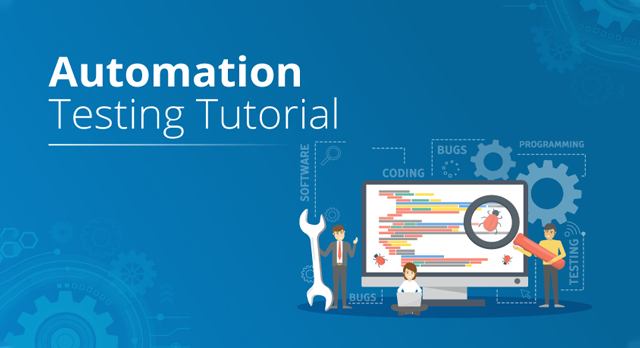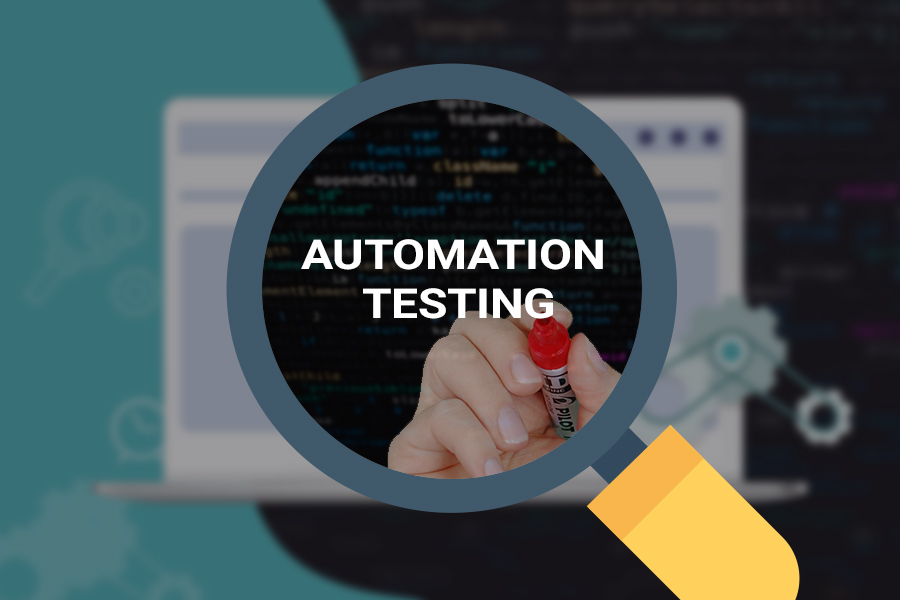Automation Testing: Secret Tips to Improve Advancement Lifecycles
Automation Testing: Secret Tips to Improve Advancement Lifecycles
Blog Article
Guaranteeing Success in Automation Examining: Key Metrics, Difficulties, and Solutions Every QA Group Ought To Know
In the world of software quality control, the landscape of automation screening is ever-evolving, demanding a careful strategy to guarantee smooth procedures. Key metrics serve as the compass assisting QA groups through the huge surface of test automation, shedding light on development and locations for enhancement. Challenges loom big, usually casting shadows on the path to success. By comprehending these difficulties and implementing effective options, QA groups can browse through intricacies with skill. The trip to understanding automation screening is led with subtleties that call for an eager eye for tracking, evaluation, and constant enhancement. automation testing. As the market thrusts onward, the pursuit for optimum efficiency in automation screening stays a continuous quest, advising QA teams to equip themselves with the knowledge and strategies important for triumph.
Value of Key Metrics
Recognizing the value of essential metrics is essential for reviewing the performance and performance of automation testing processes. Secret metrics function as measurable steps that provide useful insights right into various facets of the testing procedure, such as test insurance coverage, test implementation time, problem thickness, and test situation efficiency. By assessing these metrics, QA teams can recognize bottlenecks, inadequacies, and areas for renovation within their automation testing framework.
One crucial element of vital metrics is their capability to track progression and keep track of the total health of the screening procedure (automation testing). They allow stakeholders to make enlightened decisions based on data-driven understandings, which can bring about much more effective screening approaches and better source appropriation. Additionally, crucial metrics can aid teams set sensible objectives, measure the success of automation efforts, and show the ROI of automation screening initiatives

Typical Challenges Encountered
Difficulties frequently run into in automation screening procedures can substantially influence the total performance and effectiveness of QA teams. Automation screening may not cover all aspects of testing, such as usability and individual experience screening, which still need manual intervention. Overcoming these challenges requires proper preparation, critical examination situation choice, robust maintenance processes, ample sources, and a clear understanding of the restrictions of automation testing.
Effective Solutions for Challenges
To resolve the challenges experienced in automation testing, applying efficient solutions is essential for boosting the effectiveness and productivity of QA groups. One essential solution is to buy robust training programs for QA groups to ensure they have the required abilities to successfully make use of automation tools. Training can connect knowledge gaps, improve understanding of automation frameworks, and improve scripting capabilities, ultimately resulting in much more effective test production and implementation.
An additional vital option is to establish clear communication networks within the QA group and with other stakeholders, such as designers and task managers. Reliable communication helps in lining up expectations, sharing progress updates, and without delay dealing with concerns or roadblocks that might emerge during the automation screening procedure.

Tracking and Analysis Methods
Applying effective surveillance and evaluation methods is critical for guaranteeing the success and effectiveness of automation screening processes. Furthermore, assessing test results and metrics supplies beneficial insights into the high quality of the software program being tested and the effectiveness of the testing strategy.
One secret strategy in surveillance and analysis is the use of dashboards that combine pertinent metrics and KPIs in an aesthetically accessible style. These dashboards use a thorough review of test execution status, test coverage, problem patterns, and other important details. Regularly reviewing and evaluating these dashboards can help QA teams make informed decisions, prioritize jobs, and maximize screening initiatives.
In addition, applying automated signals and alerts based upon predefined limits can improve positive tracking and timely intervention. By setting up alerts for efficiency inconsistencies or examination failings, teams can deal with issues promptly and stop them from rising. Generally, tracking and analysis strategies play an essential function in guaranteeing the effectiveness and success of automation screening campaigns.
Continual Enhancement Techniques
Enhancing the efficacy of automation screening procedures requires the consistent improvement of techniques and methodologies. Constant improvement approaches are essential for QA teams to adjust to progressing technologies and deliver high-quality software. One key strategy to improving automation testing procedures is to carry out regular evaluations and retrospectives. By analyzing previous testing cycles, groups can determine bottlenecks, inefficiencies, and locations for enhancement. Applying comments loopholes and including lessons learned right into future screening frameworks can generate significant renovations in time.

Final Thought
To conclude, it is critical for QA teams navigate to this website to recognize the essential metrics, obstacles, and services in automation screening to guarantee success. By meticulously keeping an eye on and evaluating information, implementing efficient solutions to typical obstacles, and continuously enhancing strategies, QA teams can maximize their testing processes and click for source supply top quality software program items. Adhering to these methods will inevitably lead to a lot more efficient and reliable automation screening practices.
By evaluating these metrics, QA groups can recognize bottlenecks, inefficiencies, and areas for renovation within their automation screening framework.
Additionally, crucial metrics can aid groups set reasonable goals, determine the success of automation campaigns, and show the ROI of automation screening initiatives.
Challenges typically come across in automation screening procedures can significantly impact the overall effectiveness and efficiency of QA groups. Automation screening might not cover all elements of screening, such as functionality and individual experience screening, which still need hands-on treatment.In verdict, it is critical for QA groups to recognize the vital metrics, obstacles, and remedies in automation screening to make certain success.
Report this page